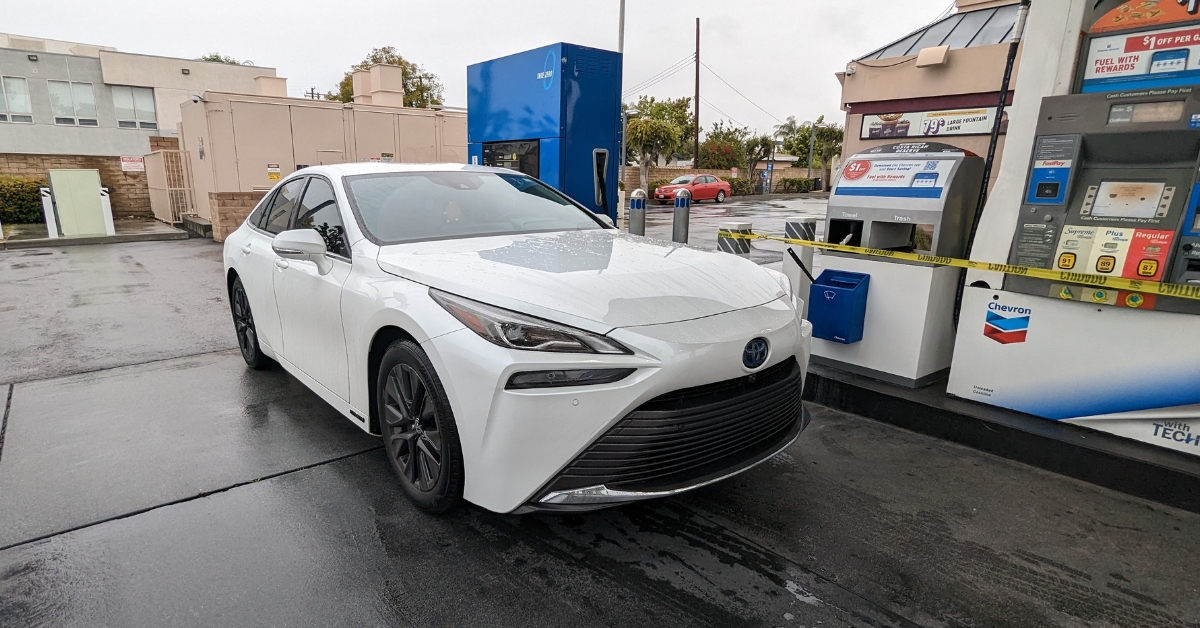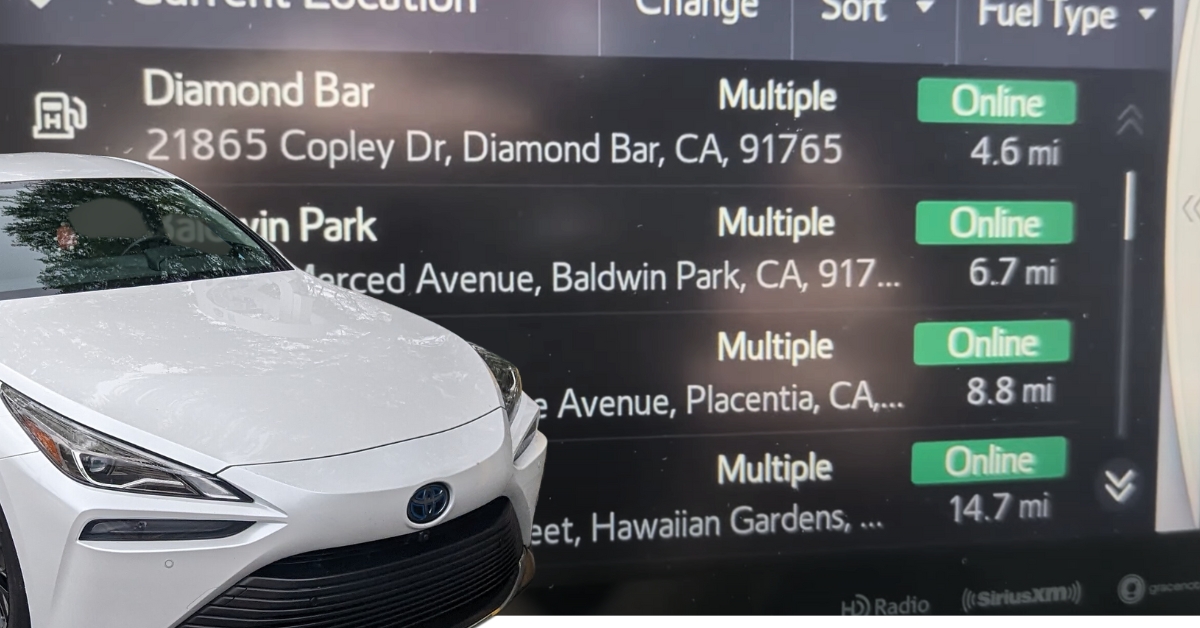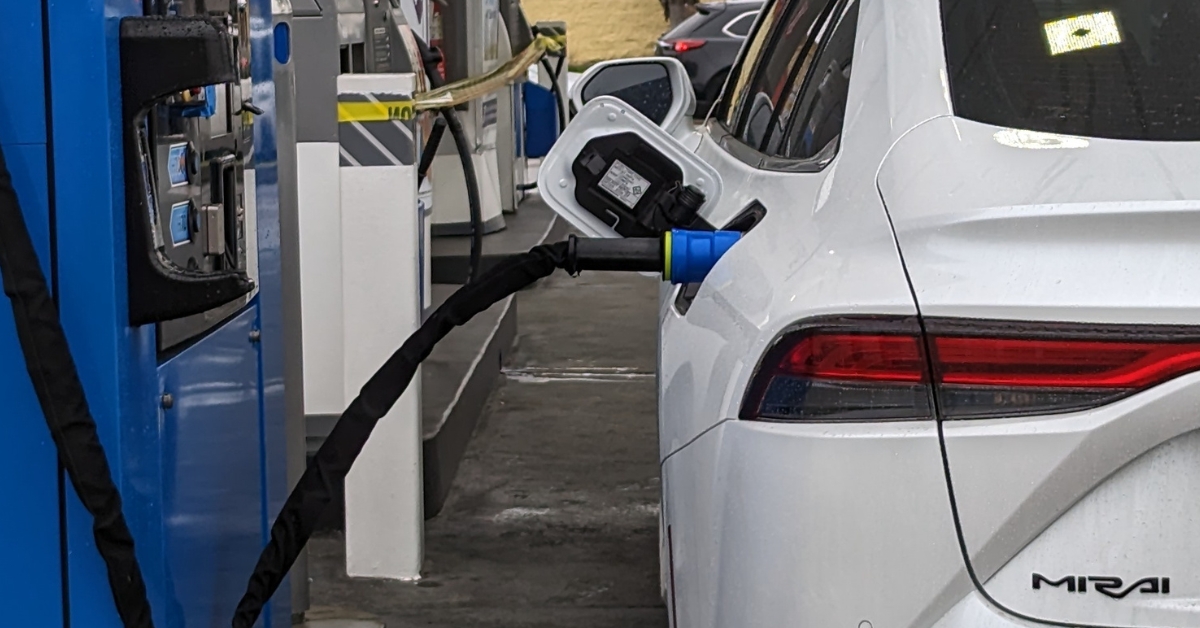The Toyota Mirai is a revolutionary hydrogen fuel cell vehicle that offers an eco-friendly alternative to traditional gasoline-powered cars. With zero emissions and a long driving range, the Mirai represents the future of sustainable transportation. One of the key aspects of owning and operating a Mirai is understanding how to fill it up with hydrogen fuel. In this comprehensive guide, we will walk you through the process of refueling a Toyota Mirai and highlight the benefits and considerations associated with this exciting technology.
- Understanding the Basics of Hydrogen Fuel: Hydrogen fuel is a clean and efficient energy source that can be used to power fuel cell vehicles like the Toyota Mirai. Hydrogen is stored in high-pressure tanks onboard the vehicle and is converted into electricity through a chemical reaction with oxygen in the fuel cell stack. This electricity then powers the car’s electric motor, providing a smooth and quiet driving experience.
- Locating Hydrogen Refueling Stations: One of the challenges associated with owning a Mirai is the limited availability of hydrogen refueling stations compared to traditional gas stations. Currently, the infrastructure for hydrogen refueling is not as widespread, but it is steadily expanding. It is crucial to check the availability of hydrogen stations in your area before considering the purchase of a Mirai. Online databases and mobile applications can help you find nearby refueling stations.
- Preparing for Refueling: Before heading to a hydrogen refueling station, ensure that your Mirai is parked safely and powered off. Just like with conventional gasoline vehicles, it is essential to follow proper safety guidelines when refueling. Make sure to turn off your cell phone, avoid smoking, and refrain from using electronic devices while refueling.
- The Refueling Process: When you arrive at a hydrogen refueling station, you will find similarities to a conventional gas station, but the process is slightly different. Follow these steps:
a. Connect the Nozzle: Lift the hydrogen nozzle and align it with the vehicle’s fueling port. The nozzle will have a secure connection mechanism designed to prevent accidental release during refueling.
b. Secure the Connection: Insert the nozzle into the fueling port until it clicks or locks securely into place. The nozzle and fueling port will communicate to ensure a proper connection.
c. Begin Fueling: Once the connection is established, the hydrogen will start flowing into the vehicle’s high-pressure storage tanks. The fueling process may take a few minutes, during which you can observe the progress on the station’s display.
d. Monitor the Fueling Process: Some refueling stations provide real-time data on the fueling progress, such as the amount of hydrogen delivered and the pressure inside the tanks. This information can help you track the refueling process.
e. Complete the Refueling: Once the tanks are full or reach the desired fueling level, the refueling station will automatically shut off, indicating that the process is complete.
- Safety and Precautions: Handling hydrogen fuel requires adherence to safety guidelines. Hydrogen is a highly flammable gas, so it is crucial to follow safety protocols to ensure a safe refueling experience. Both the vehicle and refueling station are equipped with safety features to prevent accidents. Always listen to and follow the instructions provided at the refueling station.
- Benefits of Toyota Mirai and Hydrogen Fuel: Owning a Toyota Mirai comes with numerous benefits:
a. Zero Emissions: The Mirai emits only water vapor, contributing to cleaner air and reduced greenhouse gas emissions.
b. Long Driving Range: The Mirai offers a driving range of around 400 miles (640 kilometers) on a full tank, making it suitable for long journeys.
c. Quick Refueling: Compared to electric vehicles, refueling a Mirai with hydrogen takes a similar amount of time to refuel a conventional gasoline vehicle, typically around 3-5 minutes.
d. Noise Reduction: The Mirai operates quietly, providing a serene driving experience.
e. Government Incentives: Many governments and local authorities offer incentives, such as tax credits and subsidies, to promote the adoption of hydrogen fuel cell vehicles.
Conclusion: The Toyota Mirai represents an exciting leap forward in sustainable transportation. Understanding the process of refueling a Mirai with hydrogen fuel is vital for smooth ownership and operation. As hydrogen refueling infrastructure continues to expand, the future looks promising for this eco-friendly alternative to gasoline-powered vehicles. By following safety protocols, locating refueling stations, and embracing the benefits of hydrogen fuel, you can become part of the revolution toward a greener and cleaner future on the roads.





